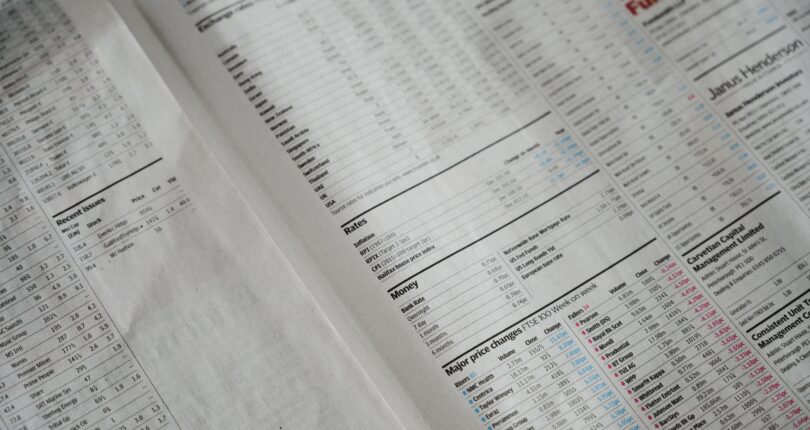
How to read financial statements like a pro
Financial statements can look intimidating at first glance, filled with numbers, terms and tables. But once you understand the basics, they become powerful tools that tell the story of a business’s financial health. Whether you’re a business owner in Cork, a manager or simply curious about how companies operate, knowing how to read financial statements like a pro can give you valuable insights.
Here’s a beginner-friendly guide to understanding the three main financial statements: the income statement, the balance sheet and the cash flow statement.
1. The income statement (Profit & Loss)
The income statement shows how much money a business makes (revenue) and spends (expenses) over a specific period. The result is the net profit or loss.
Key sections to focus on:
-
Revenue (Sales): The total money earned from selling products or services. Look for growth over time.
-
Cost of goods sold (COGS): Direct costs of producing goods or services. High COGS compared to revenue may indicate inefficiency.
-
Gross profit: Revenue minus COGS. This shows how profitable the core business is before overheads.
-
Operating expenses: Salaries, rent, marketing and admin costs.
-
Net profit (Bottom Line): What’s left after all expenses, taxes and interest. A positive net profit indicates the business is making money.
Pro tip: Compare the income statement to previous years or industry benchmarks to see if profits are improving, stable, or declining.
2. The balance sheet
The balance sheet provides a snapshot of a company’s financial position at a single point in time. It shows what the company owns, what it owes, and the difference (equity).
The formula is simple:
Assets = Liabilities + Equity
-
Assets: Everything the company owns, such as cash, inventory, property or equipment. Assets are usually split into current (short-term) and non-current (long-term).
-
Liabilities: Debts and obligations, like loans, accounts payable or tax owed.
-
Equity: The owners’ stake in the company after liabilities are deducted from assets. This includes retained earnings and share capital.
Pro tip: Use financial ratios to dig deeper. For example, the current ratio (current assets ÷ current liabilities) helps measure if the company can cover its short-term debts.
3. The cash flow statement
Profit is important, but cash keeps a business running. The cash flow statement tracks how money moves in and out of the company, grouped into three sections:
-
Operating activities: Day-to-day income and expenses (e.g., cash from sales, payments to suppliers).
-
Investing activities: Purchases or sales of assets, like property or equipment.
-
Financing activities: Loans, repayments, or dividends paid to shareholders.
Even a profitable company can run into trouble if it doesn’t manage cash well. For instance, if most profits are tied up in unpaid invoices, there might not be enough cash to pay bills.
Pro tip: Positive operating cash flow is a strong indicator of financial stability.
4. Putting it all together
Reading one statement in isolation gives you part of the picture. The real value comes from connecting them:
-
The income statement shows profitability.
-
The balance sheet reveals financial strength.
-
The cash flow statement highlights liquidity.
Together, they provide a complete view of a company’s performance.
5. Tips for reading like a pro
-
Look for trends, not just single numbers. Compare year-on-year results.
-
Use ratios and percentages. Gross margin, return on equity, and debt-to-equity ratios are powerful indicators.
-
Read the notes. The fine print often explains accounting policies or unusual items.
-
Benchmark against peers. Comparing to industry averages puts performance in context.
Financial statements aren’t just for accountants. By learning how to read them, you can understand the story behind the numbers, whether it’s a local Cork startup or a multinational corporation. With practice, you’ll start spotting opportunities, risks and trends like a pro.
If you’re unsure how to apply these insights to your own business, an accountant can help interpret the numbers and guide you toward smarter decisions.
After all, the numbers tell the story, but it’s what you do with that story that drives success.
Read more: Money & Mental Health: What Irish buHow to Read Financial Statements Like a Prosiness owners need to know




